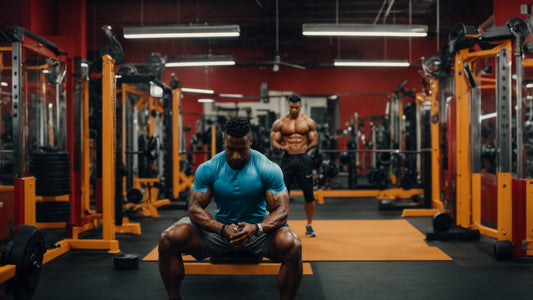What Are Hammer Curls?
Hammer curls are a dumbbell arm exercise performed with a neutral grip (palms facing inward). Targets biceps brachii, brachialis, and forearm muscles simultaneously.
Proper Hammer Curl Form
Step-by-Step Instructions
- Stand tall with dumbbells at sides (palms facing torso)
- Keep elbows close to ribs throughout movement
- Curl weights toward shoulders without rotating wrists
- Pause at top when biceps fully contracted
- Lower slowly back to starting position
Pro Tip: Imagine squeezing a tennis ball between elbow and torso to maintain proper form.
Key Benefits of Hammer Curls
- Builds thicker arm muscles (brachialis emphasis)
- Improves grip strength and forearm development
- Reduces wrist strain compared to supinated curls
- Enhances functional pulling strength
Common Hammer Curl Mistakes (With Fixes)
Mistake #1: Swinging Weights
Fix: Use 20% lighter weight and control momentum
Mistake #2: Elbows Flaring Forward
Fix: Maintain fixed elbow position behind ribcage
Mistake #3: Rotating Wrists
Fix: Keep thumbs pointing upward throughout movement
Hammer Curl Variations
- Seated Hammer Curls (prevents cheating)
- Cross-body Hammer Curls (increases range of motion)
- Rope Hammer Curls (cable version for constant tension)
Hammer Curl FAQs
Are hammer curls better than regular curls?
Hammer curls better target forearm and brachialis muscles, while traditional curls emphasize biceps peak. Ideal to include both in your routine.
How heavy should hammer curls be?
Use 10-20% less weight than your regular bicep curl to maintain strict form. Typical working weights: Men 15-35lbs, Women 8-20lbs.
Can I do hammer curls every day?
Limit to 2-3x weekly maximum. Forearm muscles need 48 hours recovery between sessions.
Safety Tips
- Avoid locking elbows at bottom position
- Keep wrists neutral - no bending forward/backward
- Don't arch back to lift heavier weights







